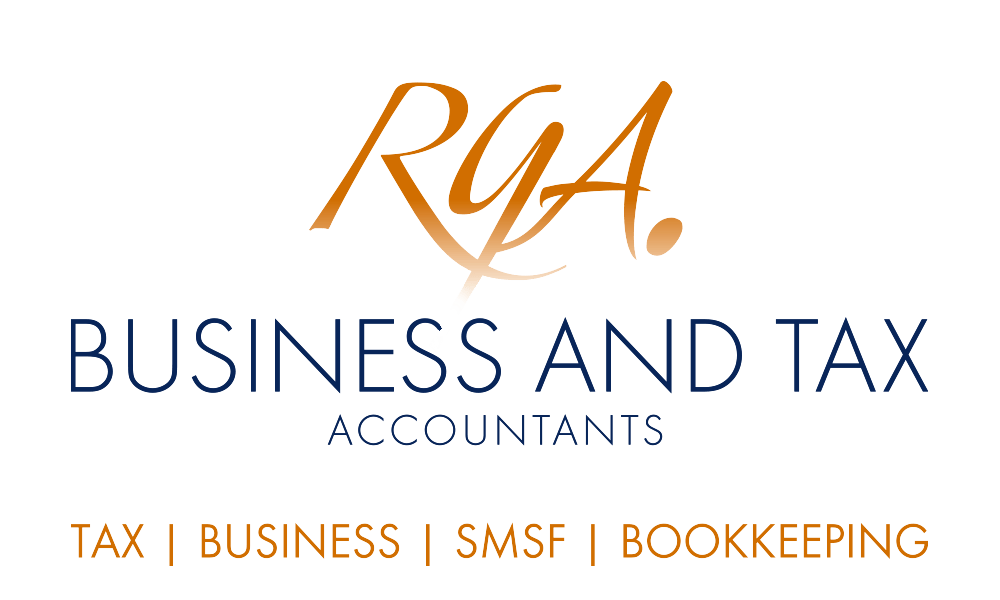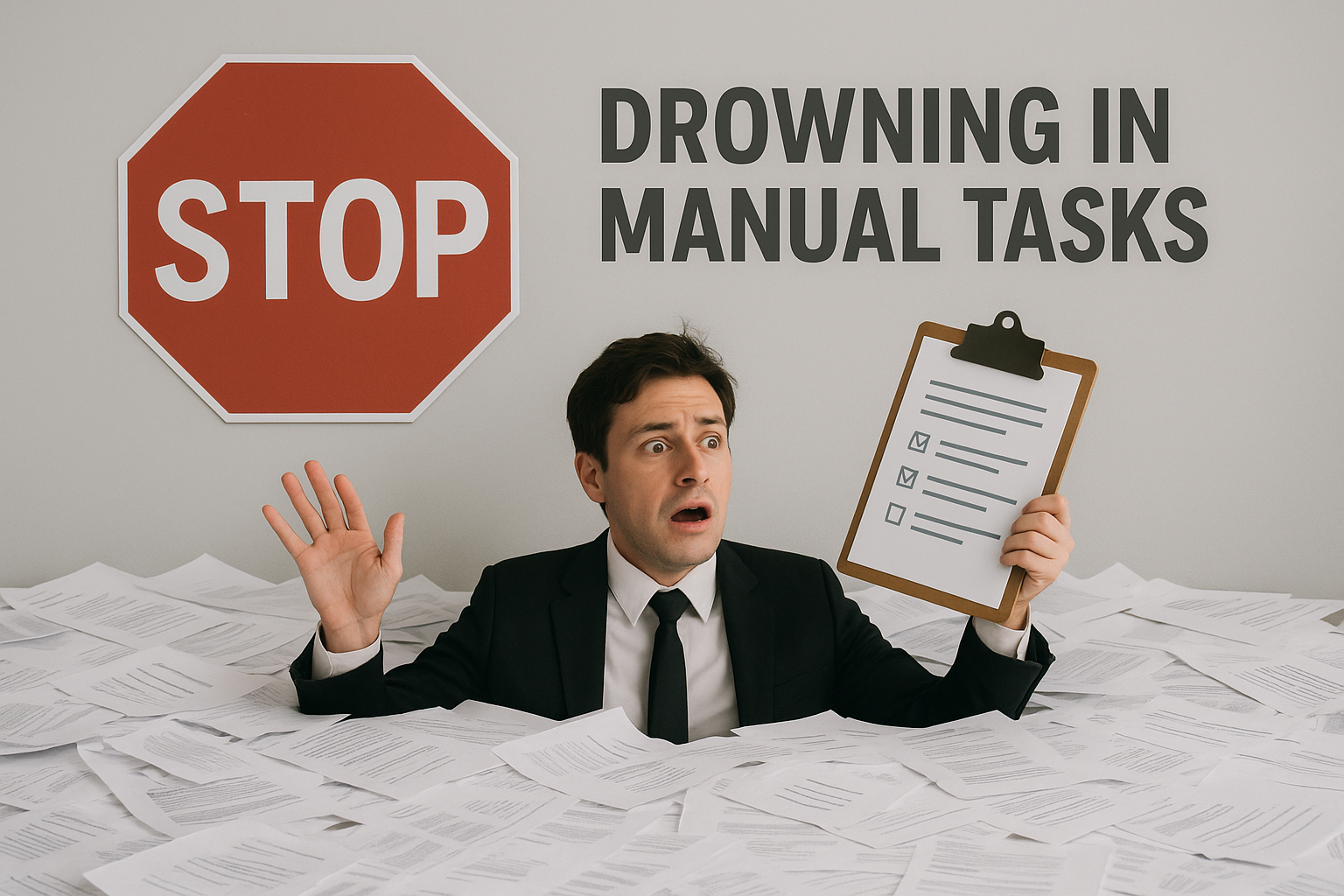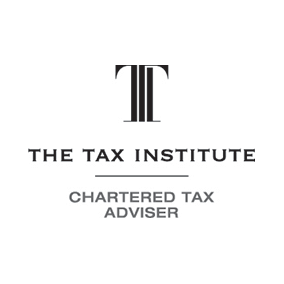
The tax refund many Australians expect has dramatically reduced. We show you why. There is a psychology to tax refunds that successive Governments have been reticent to tamper with. As a nation, Australia relies heavily on personal and corporate income tax, with personal income tax including taxes on capital gains representing 40% of revenue compared to the OECD average of 24%. And, for the amount we pay, we expect a reward. The reward is in the form of tax deductions that reduce the amount of net income that is assessed for tax purposes and tax offsets that reduce the tax payable, generating a refund for some. And, refunds have a positive impact on tax compliance.
As part of the previous Government’s efforts to flatten out the progressive individual income tax system, a time-limited low and middle income tax offset was introduced. The lifespan of the offset was extended twice, partly as a stimulus measure in response to COVID-19. The offset delivered up to $1,080 from 2018-19 to 2020-21, and up to $1,500 in 2021-22 for those earning up to $126,000. This was a significant boost for many people each tax time and bolstered the tax returns of millions of Australians. For many, the end of this offset has meant that their tax refund has reduced dramatically compared to previous years.
Your tax return outcome may change for any of the following reasons:
- A tax offset you received previously is no longer available or you are no longer eligible for an offset – for example, the low and middle income tax offset ended on 30 June 2022.
- Your credit or refund has been offset against another debt – including debts on hold with the ATO or debts you have with other government agencies.
- Your income or deductions for the income year are different from previous income years.
- The ATO finds a difference between the details in your tax return and the information received through pre-fill data or the ATO data matching program.
- You have not advised your payer of your study or training support loan and your income is above the minimum repayment threshold and you have a compulsory repayment amount.
Some debts will not be applied to your tax return until after it is lodged, for example, Division 293 and Excess Concessional Superannuation Contributions Tax. This means your tax estimate in myTax or from your registered tax agent may not match your final tax outcome. If you believe you will get a tax bill, it’s still important to lodge your tax return on time even if you can’t pay immediately. To understand why you owe tax, see why you may receive a tax bill.
Please also note that many of the comments in this publication are general in nature and anyone intending to apply the information to practical circumstances should seek professional advice to independently verify their interpretation and the information’s applicability to their particular circumstances. Should you have any further questions, please email us at RGA Business and Tax Accountants at reception@rgaaccounting.com.au . All rights reserved. Source including ATO QC 16302 last modified 16 May 2023. Brought to you by RGA Business and Tax Accountants. Liability Limited by a scheme approved under Professional Standards Legislation.









